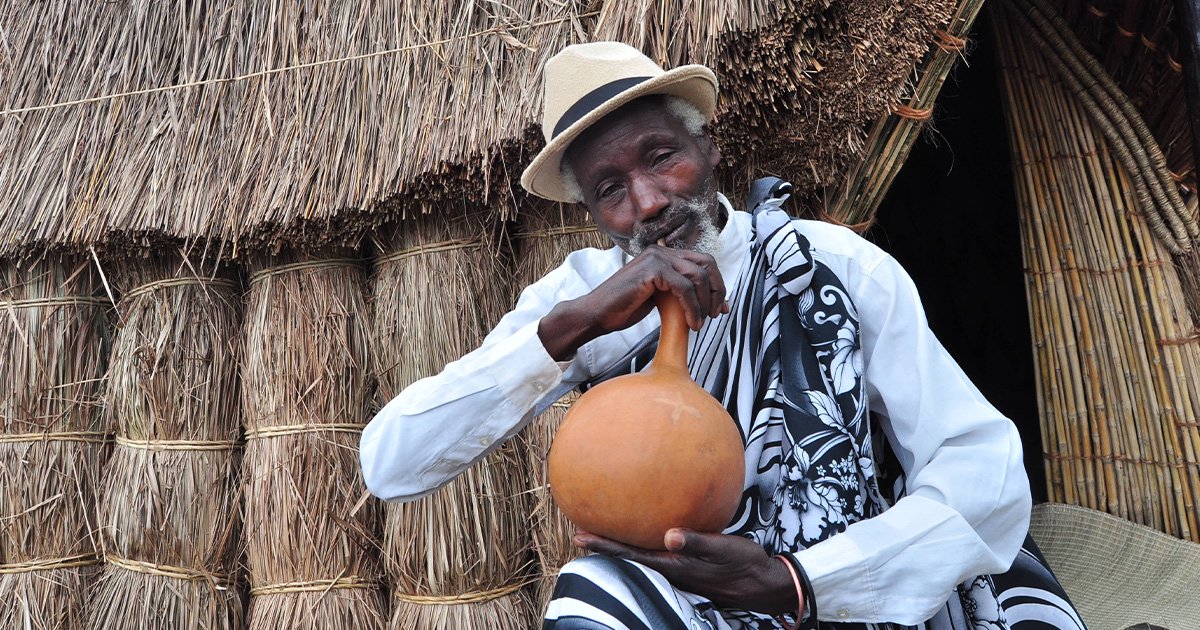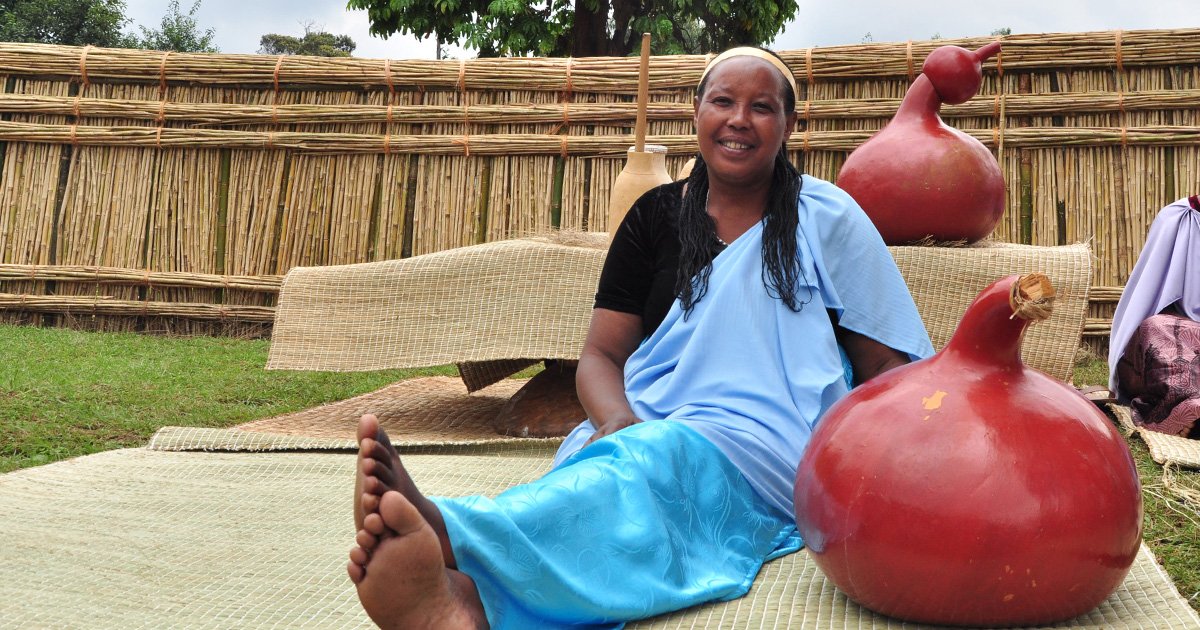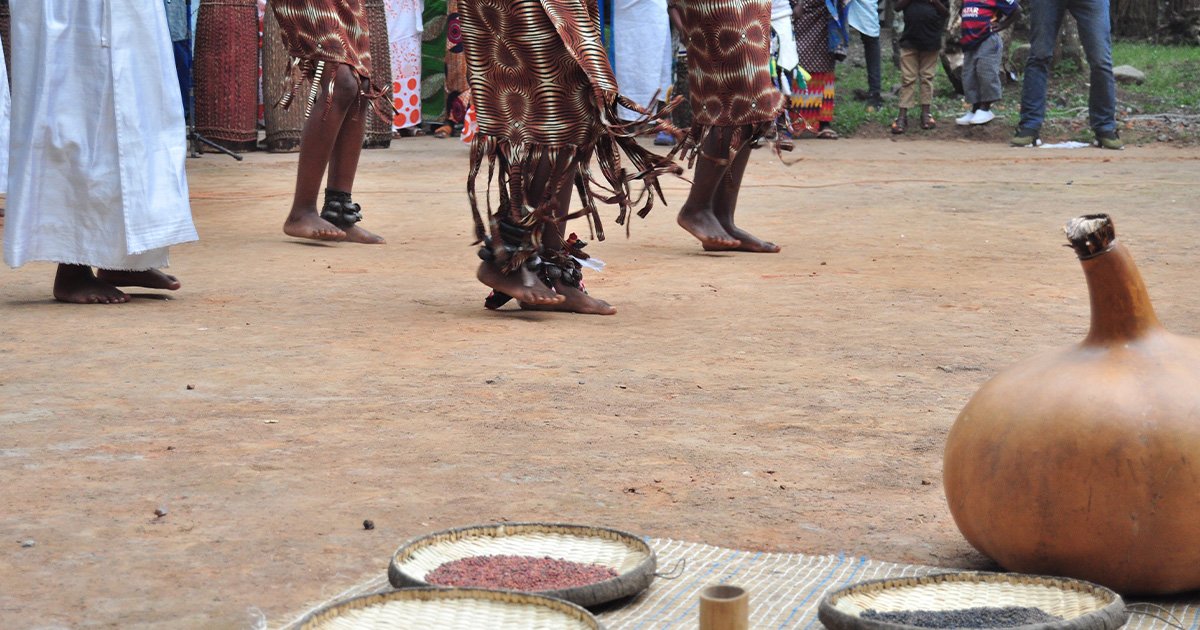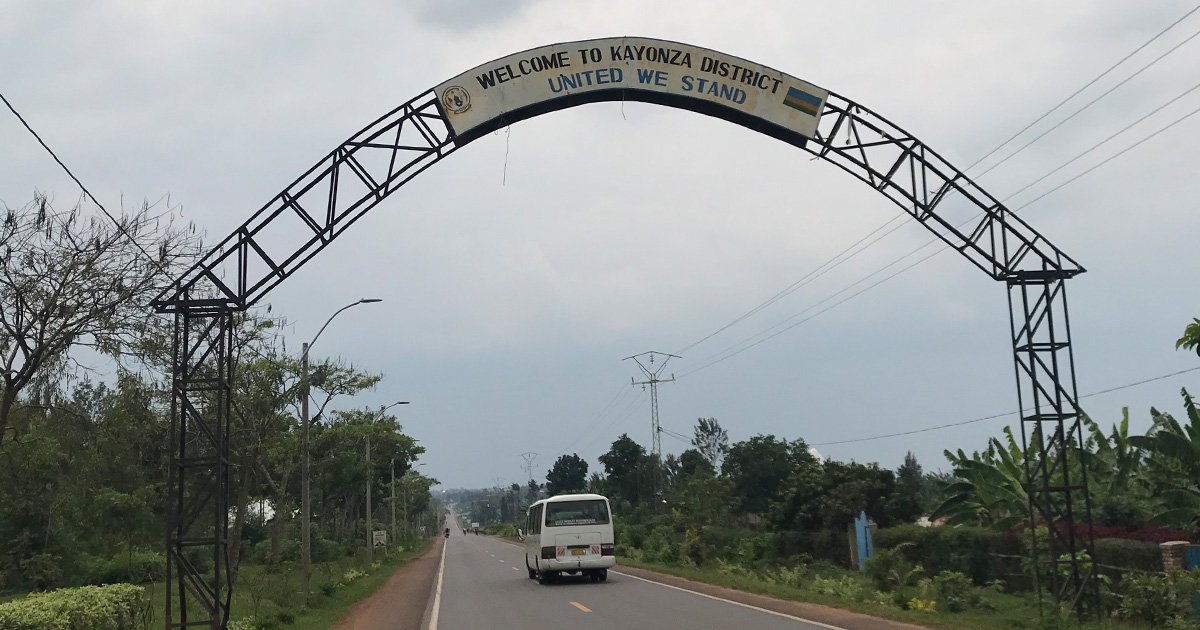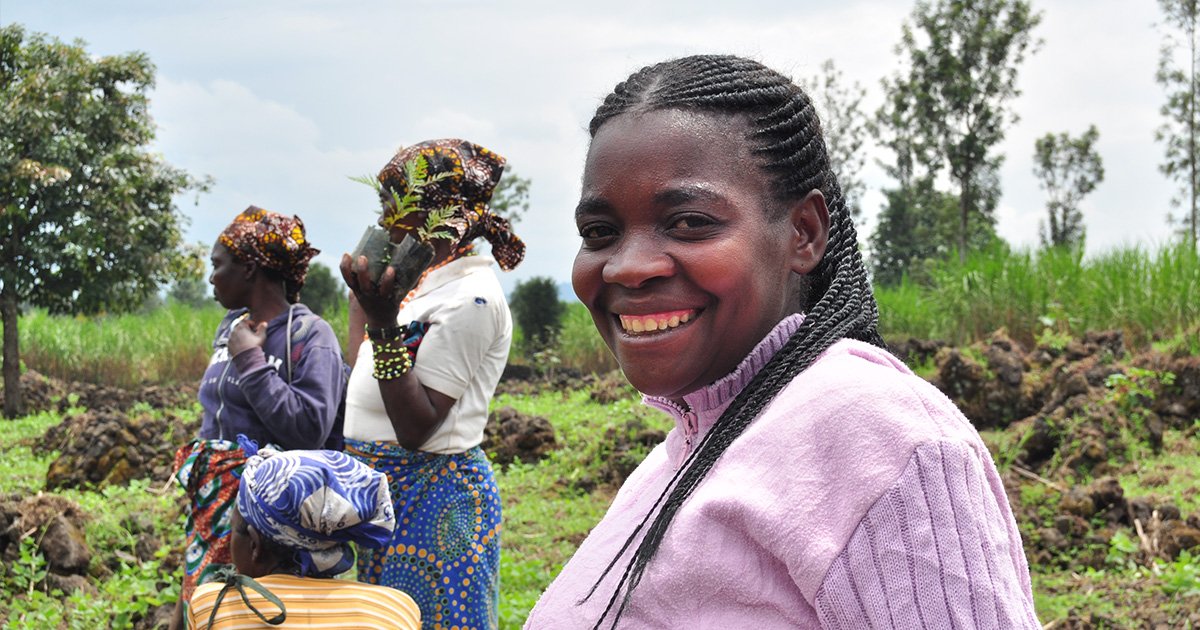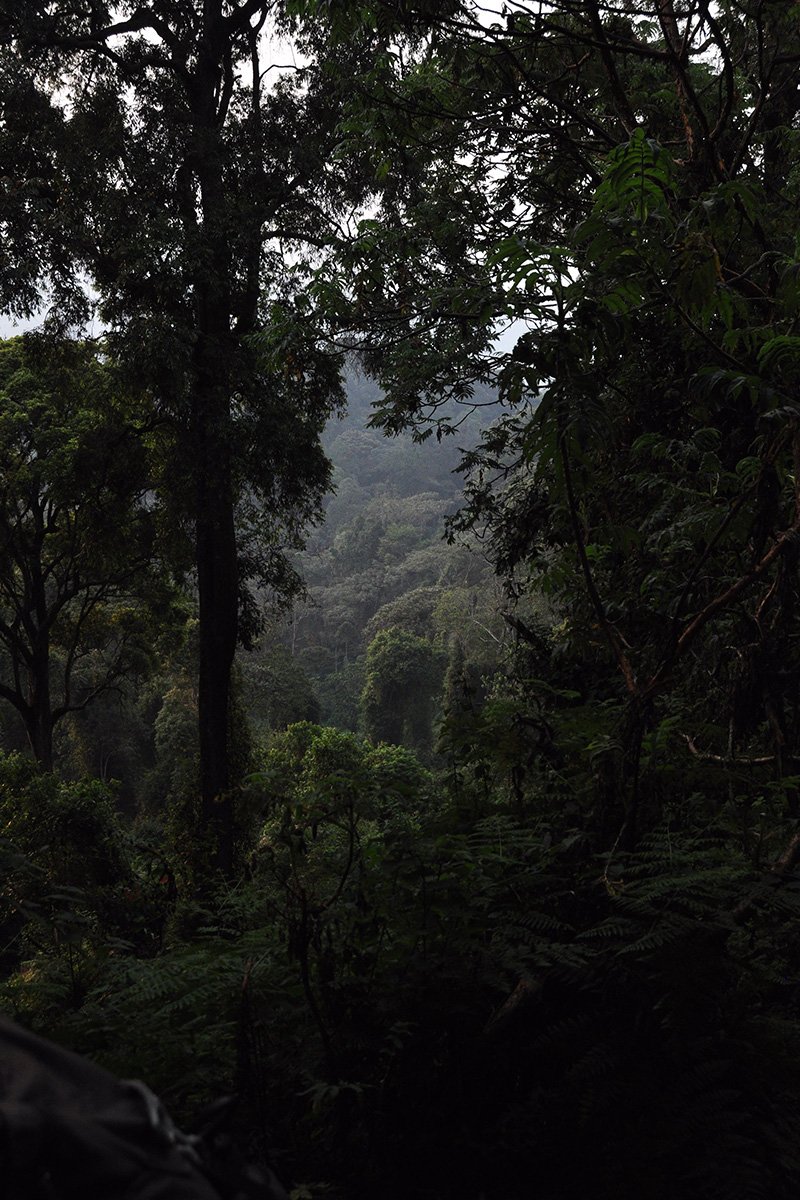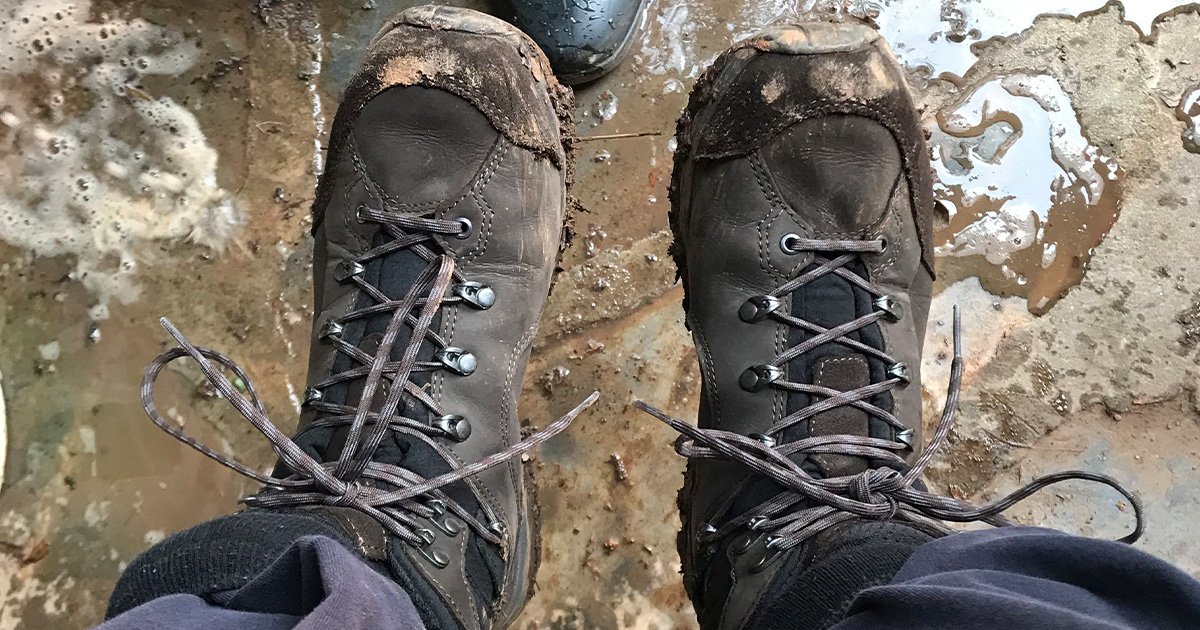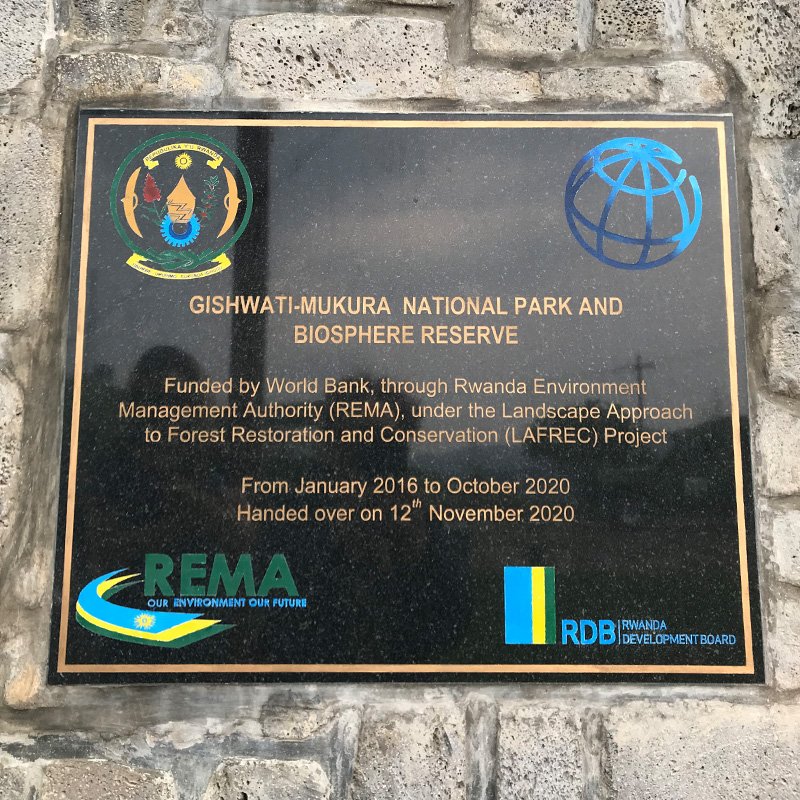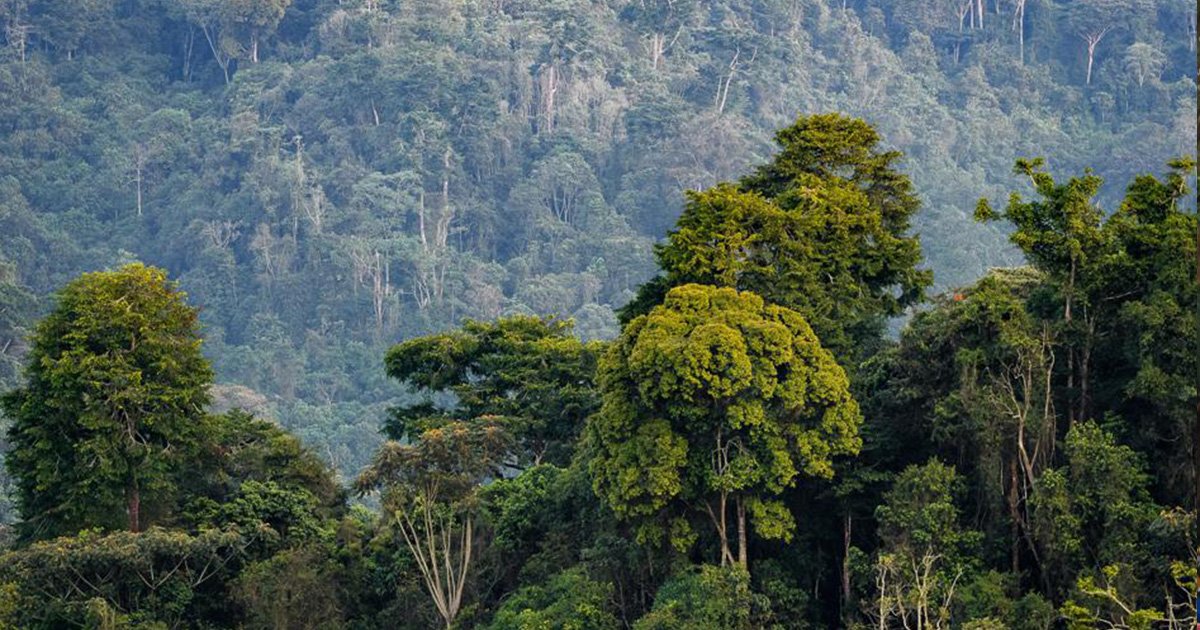Rwanda: A Special Country (Culture, History & Conservation Efforts) - Part 1
Culture & Ethnicity in Rwanda: A New Perspective
Strong links never fade!
I was introduced to Rwandan traditional culture many times and in many forms in the month that I spent there, earlier this year. These included an official visit to the King’s palace in Nyanza, in the Southern province, which is part of the so-called ‘Cultural Heritage Corridor’ and also attending the Kwita Izina ceremony in Kinigi, in the Northern province, by assisting with the dances performed by the group of entertainers by the stage.
Here, as well as on several other occasions, I watched the traditional way of using the calabash – a type of gourd – to produce butter called Beurre Ikimuri in the local language. I temporarily memorised the names and forever recorded the shape of other traditional utensils presented to me on several occasions, in my photographic memory.
Culture is usually associated with tangible artefacts and we think it is mainly made up of objects, whose memory continues to live on, at our dinner tables or in a cabinet in a museum. However, it is also made of intangible elements, like a story, a melody or a dance.
At King’s Palace Museum, in Nyanza
The dance moves I observed, closely enough to be brushed by their excited feet, as I chomped at the bit while crouching with my lenses and taking pictures from ground level, reminded me immediately of the rhythmic dances I had been learning during the previous two weeks from Marie Louise and the other women at the Red Rocks Initiative in Musanze, during the Cultural Festival.
Although the music at the ceremony was modern and electronic, while the other was traditional and manually performed, the similarities were unmistakable.
There was something else though, beyond the steps, that the group of young performers in the media area and the community women had in common: besides the presence of the many muzungu (white people), both groups sparkled with genuine joy and they seemed to perform for no one other than themselves. They were having fun!
During Kwita Izina ceremony – Entertainers
The curious Sicilian observer started following the steps, captivated by the enchanting rhythm, and felt that ancient bliss that speaks about old circles of family reunions and community gatherings that have never been forgotten but just adapted, over time, to new musical rhythms.
Unity vs Labelling
Among the many remarkable messages that I found on the wall of the genocide museum in Kigali, one struck me more than others.
It was a reflection on that ‘obsession with difference’, that has been instrumentally emphasised by the western colonisers, and that has led – for the first time in the country’s history – to the classification of its inhabitants into anthropological groups and to the appearance of their ethnic credentials on their personal ID.
That labelling exercise highlights the differences between people, rather than the similarities, obviously creating divisions rather than encounters. That has been strongly denied after the atrocities, so that today the response screams loud – even on the roads.
United we stand!
And if while walking down the streets of Kigali city centre or while exploring the rural areas of this diversely beautiful country, close to its forests, lakes, or mountains, you suddenly and uncontrollably want to play that diminishing labelling game, please restrain yourself from that temptation.
There is no need to classify the beauty admired on a woman’s face or in the shape of a man’s eyes with a name. Instead of asking ‘which group do you belong to?’, ask them their Kinyarwanda name, so at least you will learn one or two new softly spoken and musical words – because their names are beautiful and usually have kind and uplifting meanings.
This will certainly be a better way to interact on a more human, rather than ethnic and limiting, level.
Red Rocks Cultural Festival 2022 – Women from the local cooperatives
Too many impactful stories to tell
In Rwanda I found many more wonders and heart-warming surprises than one single article can contain. I found the feeling of a new country, enriched by a vivid conscience of the past, standing strongly and sturdily on its legs with fresh energy, and curiously open to the world.
Its energy is young and inclined to create space for innovation in many areas, including art and creativity. In fact, many are the local art galleries you can find around the streets of Kigali, like Inshuti . In these places, talented artists are usually prompt to invest in their ability and entrepreneurial dreams – here new generations of artists are encouraged to enjoy and perhaps pursue that path. In other examples, the relevant social work done in the community is embedded in each artwork, as in the case of the work done by a pair of local artists at Ikirunga Art Centre, in Kinigi, who consciously use art as a vehicle to empower disadvantaged and marginalised children that live in their premises.
Ikirunga Art Centre – Cleff showing his young student’s artwork
Around this small but mighty country, I encountered inspiring stories of women empowerment, arts, creativity, cultural preservation and responsible tourism, like in the case of Nyamirambo Women’s Centre in the capital Kigali, or the Urugo project in Kayonza district.
Nyamirambo Women Centre – local women working and tourists visiting during the walking tour
After two years of virtual meetings and chats, I have finally met Pauline, Bertha, Marie Louise and the other women of the cooperatives at the Red Rocks Initiative in Musanze. There, I discovered the impressive multi-layered work that the historical and well-established local NGO is doing to link community empowerment, environmental conservation and sustainable development through tourism and cultural activities.
The Next Chapter: The Conservation Efforts
Springing from lots of places, many stories have called for my attention, and I will certainly share them with plenty of details in the future.But for now, I would like to continue with a different chapter of my Rwandan adventure: my visit to the country’s national parks.
During those days in the wildness, I learnt about Rwanda’s impressive conservation efforts, and had the chance to encounter people, ask questions, and see some of the results and the effects of that work on the local communities as well.
My exploration of the national parks followed a clockwise circle, starting east from the capital. However, I would like to begin by talking about the youngest of them all and then move on to my more immersive experiences on the ground – and in the mud.
A Critical Sector
‘Tourism plays a major role in the country’s economy, contributing 10 per cent to the GDP and 8 per cent to “off-farm” employment’, says Eugene Mutangana, the Conservation Management Expert at the Rwanda Development Board (RDB), in an interview in 2020.
With this important position in mind, it would be interesting to see what has been achieved through it and how Rwanda is becoming a global leader in conservation through tourism.
It is worth remembering that national parks cover almost 9% of the whole country, one of the most densely populated in Africa, and they represent a great attraction for international tourists thanks to their biodiversity.
Akagera National Park
Managing these areas correctly is particularly critical considering that the human–wildlife conflict is a real situation, which endangers not only the natural environment and the animals that depend on it, but also the life of the community members that live so closely to them.
Tourism has been actively used to find new, alternative solutions for the sustainable development of the country, and the Rwandan model of conservation has shown good results and has proven that it is possible to achieve economic development through the protection of the natural ecosystems.
The Last Entry
Gishwati-Mukura NP is one of the most recent examples of national conservation efforts. Located in the north-western region, near Lake Kivu, the rainforest, once rich in biodiversity, has been highly affected by deforestation, soil erosion and landslides and it has already lost almost 98% of its original area, due to decades of illegal mining, forest clearing, cattle ranching and encroachment.
In 2015, the territory joined volcanoes Akagera and Nyungwe and became the fourth Rwandan national park, which officially opened to tourism in 2020, the same year in which it was also recognised as a UNESCO Man and Biosphere Reserve.
The intense work of restoration, though, started a long time ago in 2004, thanks to national and international collaborations. The National Park has 60 species of tree, including indigenous hardwoods and bamboo, and is divided in two parts, covering a total area of 34 square km, plus a buffer zone. Gishwati is home to chimpanzees and to golden, L’Hoest’s and blue monkeys. 232 species of birds also live in this side of the forest and 163 in the Mukura area.
To visit the forest, explore the nature walks and visit the waterfall, it is necessary to stay overnight. Today, the Forest of Hope Association (FHA) (a Rwandan NGO established in 2012 to continue working on conservation), in collaboration with RDB and with the support and expertise of Wilderness Safaris, manages the new Guest House and Camp Site accommodation available to visitors. It aims to also attract domestic tourists, beyond the traditional high-end market that visits the country.
Chimpanzee at Gishwati-Mukura National (Photo credits: Hein Myers)
As well as the hiking, the bird watching and natural walks, tourists can also take part in a series of community activities which include cultural dance performances, handicraft workshops, beekeeping, tea plantation tours, and a meeting with traditional healers: a treasure chest of the knowledge contained in plants and herbs.
Visiting the recently born Rwandan national park will not only benefit the ecosystem and the wildlife present there, but will also represent an important contribution to the 46 villages that surround it. This is not just because of the community activities offered to the tourists, but also thanks to the general Rwandan response to, and long-term strategy towards, conservation. In fact, there is a system in place that aims to mitigate, and virtually neutralise, the community–conservation conflict and create new economic opportunities.
*
Gishwati-Mukura NP is the most recent example of Rwanda’s approach to tourism and its role in conservation. This is also the only one that I have observed from afar, having only visited the headquarters and hearing its story from their rangers, without a personal stay or a full immersion in its wildlife, yet. I hope to have the chance during my next visit to participate in the chimpanzee habituation programme that the park is developing and to see some of the peculiar bird species that populate its trees, while trekking towards Kazeneza waterfall.
The results achieved so far, in terms of environmental protection, have been inspiring here and I would like to follow their progress over time – but most of all, I would love to get to know the community tourism products and to experience the new activities they have recently started to offer.
Leaving Gishwati-Mukura National Park Head Quarter
*
In the next part of this article, I will share my first-hand experiences of the local wildlife and the great achievements I witnessed in the other Rwandan national parks that I visited last September, which will demonstrate the other elements of this winning strategy, particularly from the community perspective.
(This blog has been written by Elisa Spampinato, a travel writer & Community Storyteller, CEO & Founder at Traveller Storyteller. Photo Credits by Elisa Spampinato, unless otherwise shown)

